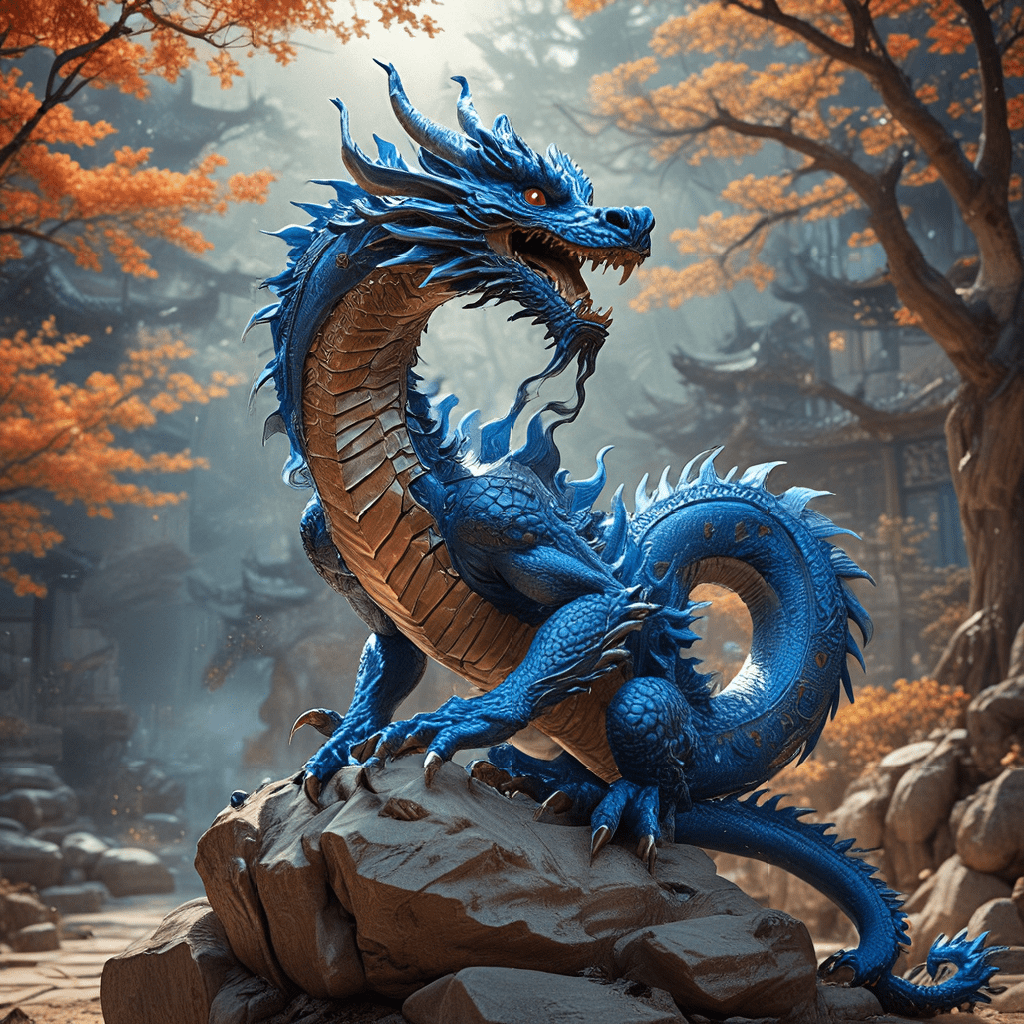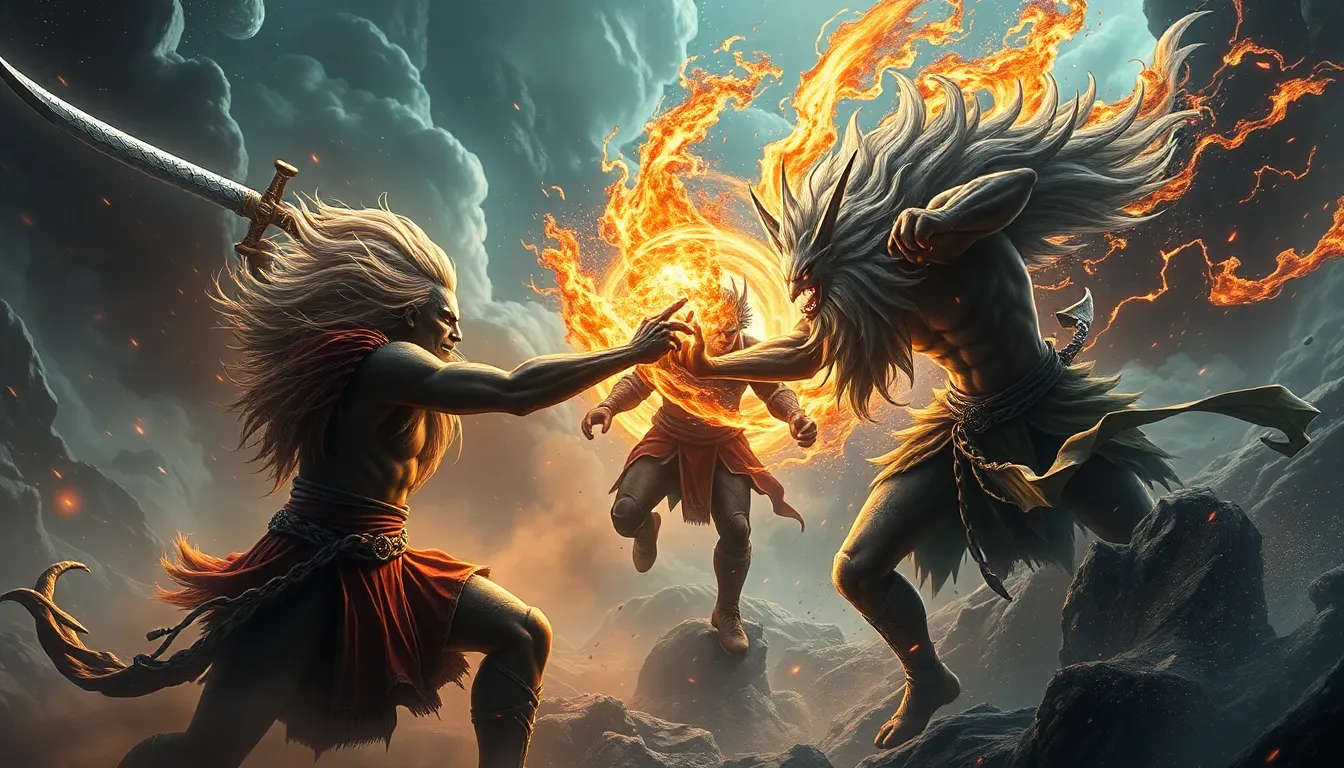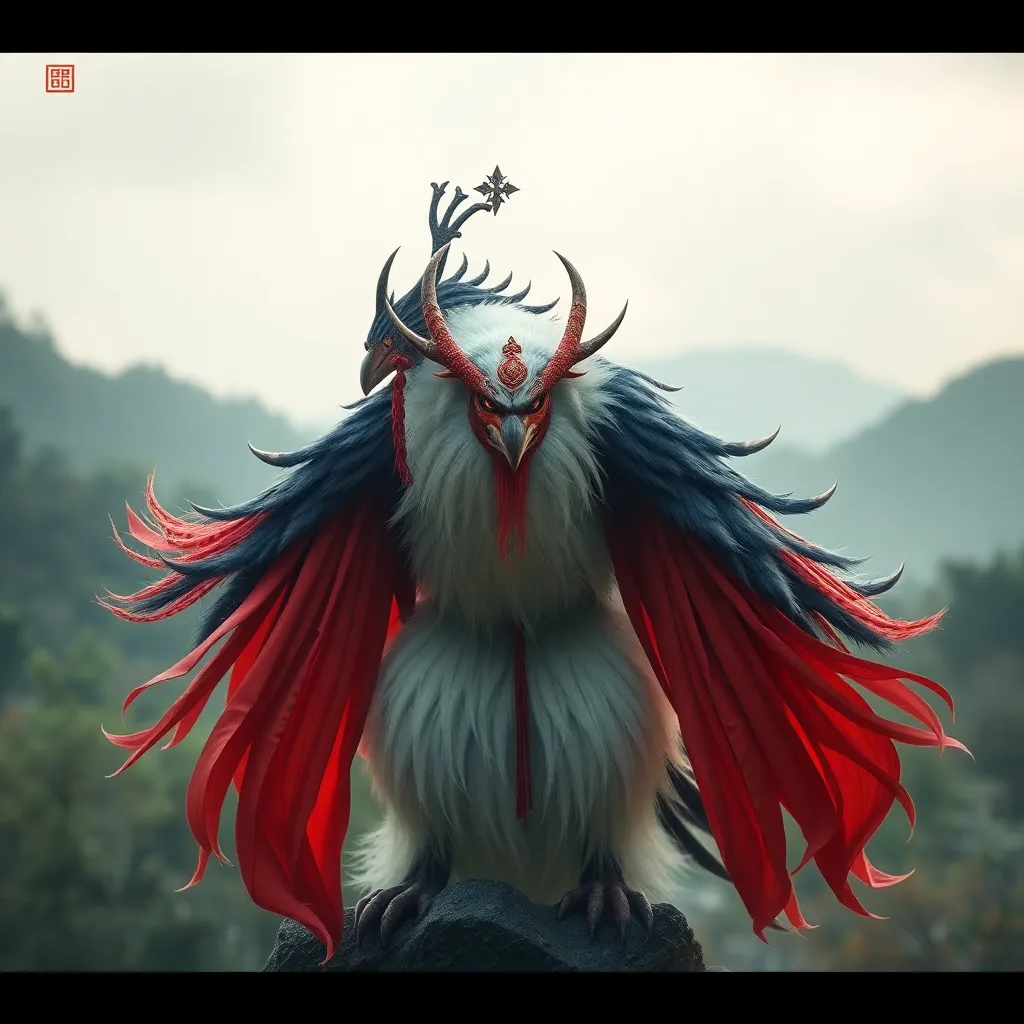The Legend of the Blue Dragon: A Tale from Korean Mythology
The Blue Dragon, known in Korean as 청룡 (Cheongryong), is a powerful and benevolent creature that plays a central role in Korean mythology. Dragons are highly revered in Korean culture, often symbolizing strength, wisdom, and good fortune. They are seen as guardians of the land, protectors of the people, and bringers of rain and prosperity.
The Importance of Dragons in Korean Mythology
Dragons are deeply ingrained in Korean folklore, appearing in numerous myths and legends. They are often depicted as serpentine beings with four legs, scales, and horns. Their ability to fly and control the weather makes them formidable figures, capable of great power and influence. In many stories, dragons are associated with kings, emperors, and other figures of authority, symbolizing their strength and wisdom.
The Blue Dragon as a Guardian Spirit
The Blue Dragon is one of the most important and revered dragons in Korean mythology. He is often seen as a guardian spirit, protecting the land and its people from harm. His presence is said to bring good luck and prosperity, and his power is believed to be unmatched. In some stories, the Blue Dragon is depicted as a benevolent protector, intervening to help those in need.
The Blue Dragon’s Association with the East and Spring
The Blue Dragon is closely associated with the East and the season of Spring. This connection stems from the ancient Chinese concept of the four cardinal directions and their corresponding elements. The East is associated with the element of Wood, which is in turn linked to springtime, growth, and renewal. As a powerful symbol of these concepts, the Blue Dragon represents the beginning of the year, a time of rebirth and new beginnings.
The Blue Dragon’s Role in the Four Symbols
The Blue Dragon is one of the four mythical creatures known as the Four Symbols, which represent the four cardinal directions and their associated elements. The other three symbols are the Red Phoenix (South, Fire), the White Tiger (West, Metal), and the Black Tortoise (North, Water). This quartet is an integral part of Korean cosmology and is often depicted in art, architecture, and religious practices. The Four Symbols are believed to represent a harmonious balance in the universe, with each creature playing a vital role in maintaining order and stability.
The Tale of the Blue Dragon: A Story of Creation and Power
One compelling tale in Korean mythology connects the Blue Dragon to the very creation of the world. It is said that the Blue Dragon emerged from the primordial chaos, bringing order and structure to the universe. He used his powerful claws to shape the mountains, his breath to create the rivers, and his tears to form the oceans. This story highlights the Blue Dragon's role as a force of creation and a symbol of the earth's power.
The Blue Dragon’s Connection to the King and Royal Power
Throughout Korean history, the Blue Dragon has often been symbolically linked to the king and royal power. The dragon's strength, wisdom, and benevolent nature made it an ideal representation of a just and righteous ruler. The king's throne was often adorned with dragon imagery, and the royal court would wear clothing and accessories featuring the Blue Dragon. This connection strengthened the king's authority and reinforced the idea that he was a divinely appointed leader.
The Blue Dragon’s Influence on Korean Art and Culture
The Blue Dragon's powerful symbolism has had a profound impact on Korean art and culture. It is a recurring motif in Korean paintings, sculptures, and architectural designs. Dragon imagery can be found on everything from royal tombs and palaces to traditional ceramics, furniture, and even clothing. The Blue Dragon's vibrant blue color often symbolizes good luck, fortune, and prosperity, making it a popular subject for decorative art.
Theories Regarding the Origins of the Blue Dragon Myth
The origins of the Blue Dragon myth are shrouded in mystery. Some scholars believe that the dragon myth originated in China and spread to Korea through cultural exchange. Others argue that the dragon myth developed independently in Korea, based on the country's unique geographical features and folklore. Regardless of its origins, the Blue Dragon myth has taken root deeply in Korean culture, becoming a powerful symbol of national identity.
The Blue Dragon’s Role in Korean Shamanism
Shamanism, a traditional spiritual practice in Korea, plays an important role in understanding the Blue Dragon's influence. Shamans believe that the Blue Dragon is a powerful spirit who can be invoked for protection, healing, and good fortune. They often perform rituals and ceremonies to connect with the Blue Dragon's energy, seeking its guidance and blessings. The Blue Dragon's association with the East and spring aligns with the shamanic belief in the cyclical nature of life and the importance of honoring nature's power.
The Blue Dragon’s Enduring Legacy in Modern Korean Culture
The Blue Dragon continues to hold a special place in modern Korean culture. It is featured in popular media, such as films, television shows, and video games. The dragon's image is also widely used in branding, marketing, and design, representing strength, power, and good fortune. Even today, the Blue Dragon inspires creativity and imagination, reminding people of the deep connection between humanity and the natural world.
Frequently Asked Questions
Q: What does the Blue Dragon represent in Korean mythology?
A: The Blue Dragon represents strength, wisdom, good fortune, and protection in Korean mythology. It is seen as a guardian spirit and a bringer of rain and prosperity.
Q: What is the Blue Dragon's connection to the East and Spring?
A: The Blue Dragon is associated with the East because in ancient Chinese philosophy, the East is linked to the element of Wood, which is associated with spring, growth, and renewal.
Q: What is the Blue Dragon's role in the Four Symbols?
A: The Blue Dragon is one of the Four Symbols, each representing a cardinal direction and its associated element. The Blue Dragon represents the East and the element of Wood.
Q: How has the Blue Dragon influenced Korean art and culture?
A: The Blue Dragon is a frequent motif in Korean art and culture, appearing in paintings, sculptures, architecture, and even clothing. Its image symbolizes good luck and prosperity.
Q: How does the Blue Dragon play a role in Korean shamanism?
A: In Korean shamanism, the Blue Dragon is a powerful spirit who is invoked for protection, healing, and good fortune. Shamans perform rituals to connect with its energy.
Q: What is the Blue Dragon's legacy in modern Korean culture?
A: The Blue Dragon remains a popular symbol in modern Korean culture, appearing in media, branding, and design, representing strength and good fortune.



